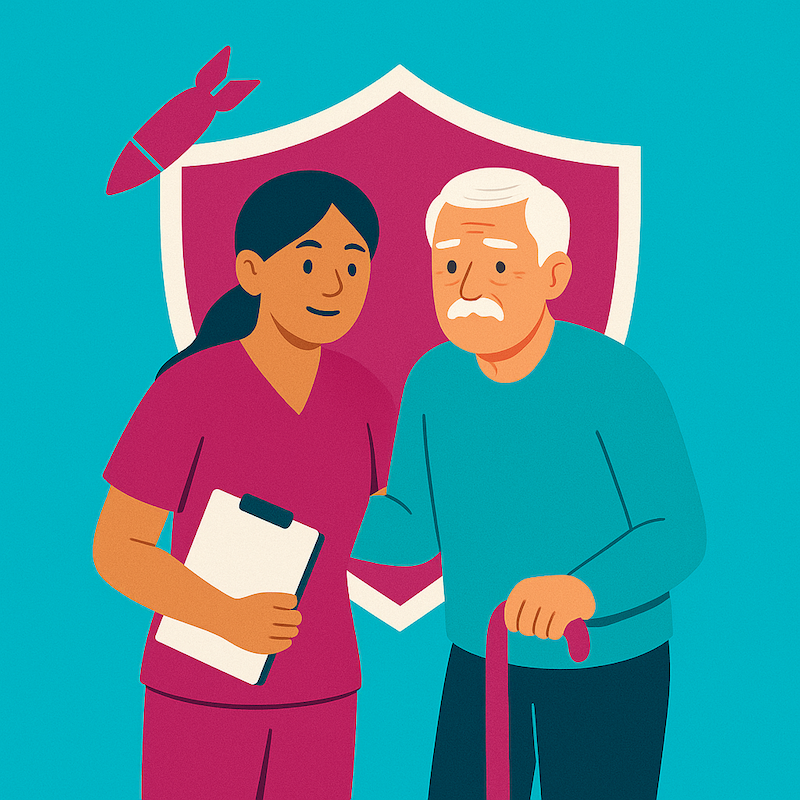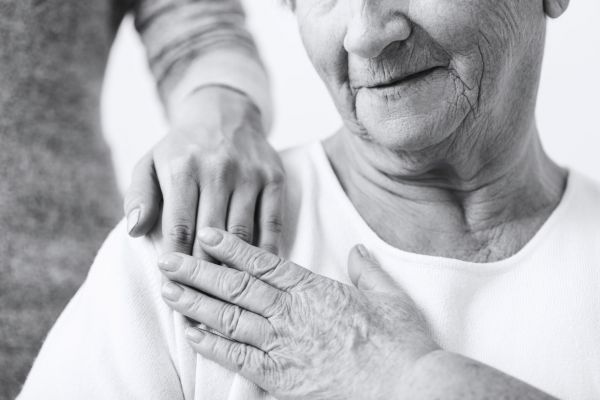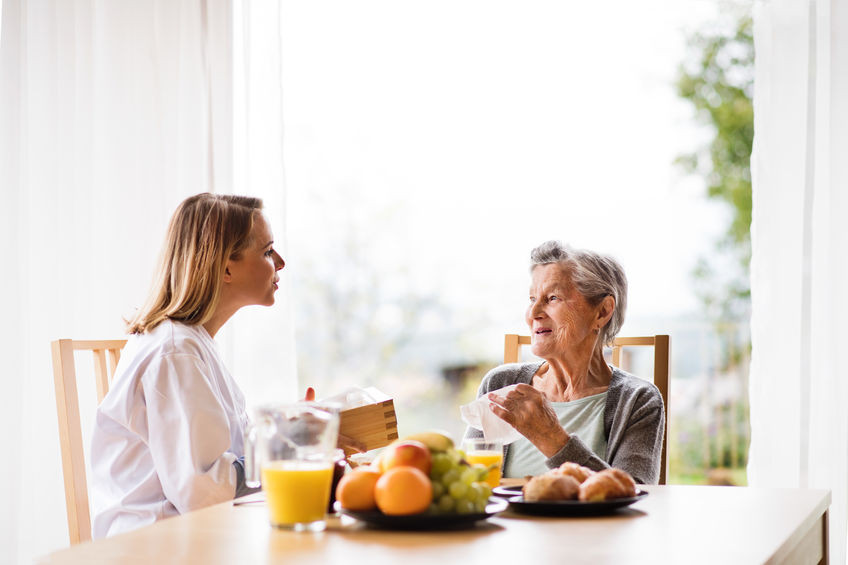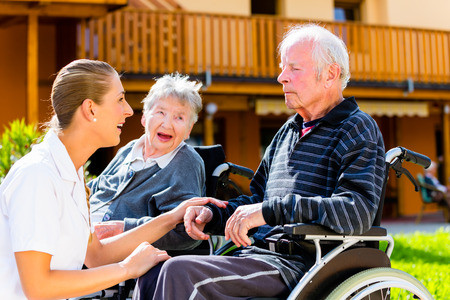Promoting Physical Activity and Exercise for Elderly Patients: A Guide to Enhancing Wellbeing
iSavta | 28.01.2024
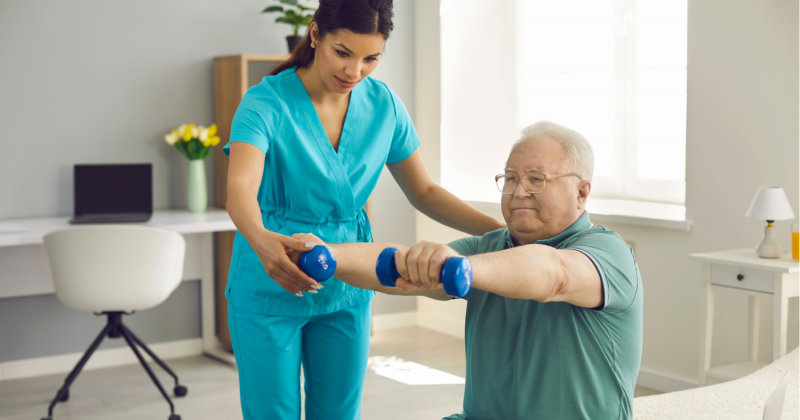
As we age, it becomes increasingly important to prioritize physical activity and exercise for our overall health and wellbeing. Regular exercise not only improves physical fitness but also enhances mental health, reduces the risk of chronic conditions, and boosts cognitive function. Encouraging physical activity among elderly patients can be a transformative endeavor, enabling them to maintain independence, vitality, and a higher quality of life. In this article, we will explore effective strategies to inspire and engage elderly individuals in physical activity and exercise routines.
Individualized Approach
Recognizing that each elderly patient has unique capabilities, interests, and health considerations is vital when promoting physical activity. Begin by assessing their current physical condition and discussing any limitations with their healthcare provider. A tailored exercise plan can then be developed, taking into account their preferences and goals. By personalizing the regimen, it becomes more appealing and achievable for the individual, increasing their likelihood of adherence.
Emphasize the Benefits
Highlighting the numerous benefits of physical activity can serve as a powerful motivator for elderly patients. Explain how regular exercise can enhance cardiovascular health, improve strength and balance, and reduce the risk of falls and injuries. Emphasize the positive impact on mental health, such as reducing the risk of depression and anxiety while enhancing cognitive function. Reinforcing the potential for increased independence, social engagement, and overall wellbeing will encourage patients to view exercise as an essential part of their daily routine.
Offer Social Support
Loneliness and social isolation are common issues among the elderly, which can hinder their motivation to engage in physical activity. Encourage group activities or exercise classes specifically designed for older adults. This not only provides an opportunity for social interaction but also creates a supportive environment where individuals can motivate and inspire each other. Furthermore, consider involving family members or friends in their exercise routine, allowing them to bond while reaping the benefits of physical activity together.
Variety and Enjoyment
Introducing a variety of exercises and activities can help combat boredom and maintain interest. Offer options such as walking, swimming, yoga, tai chi, or strength training. Explore local community centers or senior centers that offer specific exercise programs tailored to the needs of elderly individuals. Engaging in activities that are enjoyable and fulfilling will increase the likelihood of continued participation and adherence to the exercise routine.
Start Slowly and Progress Gradually
Many elderly patients may be apprehensive about exercise due to concerns about their physical abilities or fear of injury. Begin with low-impact activities and gradually increase the intensity and duration as their fitness levels improve. Encourage patients to listen to their bodies, take breaks when needed, and avoid pushing themselves beyond their limits. This gradual approach helps build confidence, reduces the risk of injury, and fosters a positive exercise experience.
Safety First
Prioritize safety when designing an exercise program for elderly patients. Ensure that they have proper footwear and clothing suitable for their chosen activities. Incorporate warm-up and cool-down exercises to prepare the body and reduce the risk of muscle strains or joint injuries. Provide clear instructions on proper technique and form, and encourage patients to ask for assistance when needed. Regularly check exercise equipment for safety and maintain a clean and clutter-free exercise space.
Incorporate Functional Exercises
Functional exercises focus on activities that mimic the movements used in daily life, enabling elderly patients to maintain independence and perform routine tasks with ease. Include exercises that improve balance, flexibility, and strength in key muscle groups. Examples include standing on one leg, walking heel-to-toe, or lifting light weights. These exercises help improve stability, reduce the risk of falls, and enhance overall mobility.
Conclusion
Encouraging physical activity and exercise for elderly patients is essential for their overall health and wellbeing. By adopting an individualized approach, emphasizing the benefits, providing social support, offering variety, and ensuring safety, healthcare professionals and caregivers can inspire and engage elderly individuals in regular exercise routines. Promoting physical activity among the elderly has the potential to significantly enhance their independence, happiness, and overall quality of life, enabling them to age gracefully and enjoy their golden years to the fullest.





